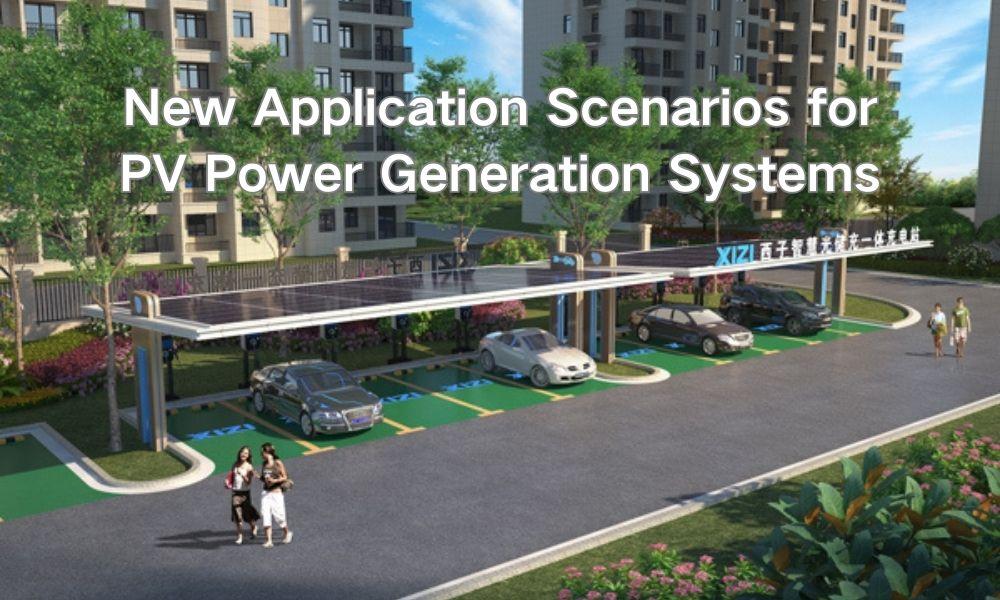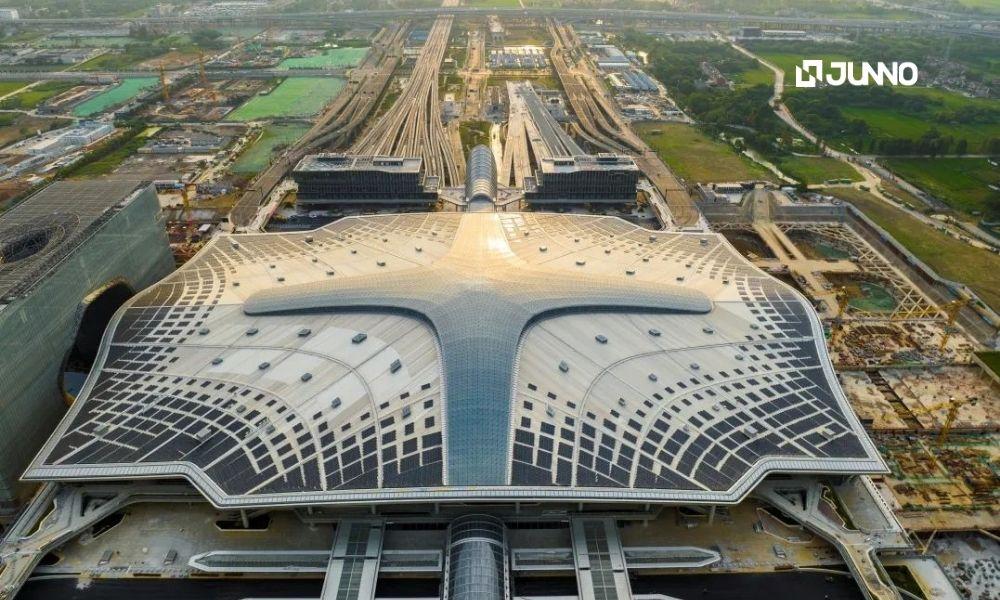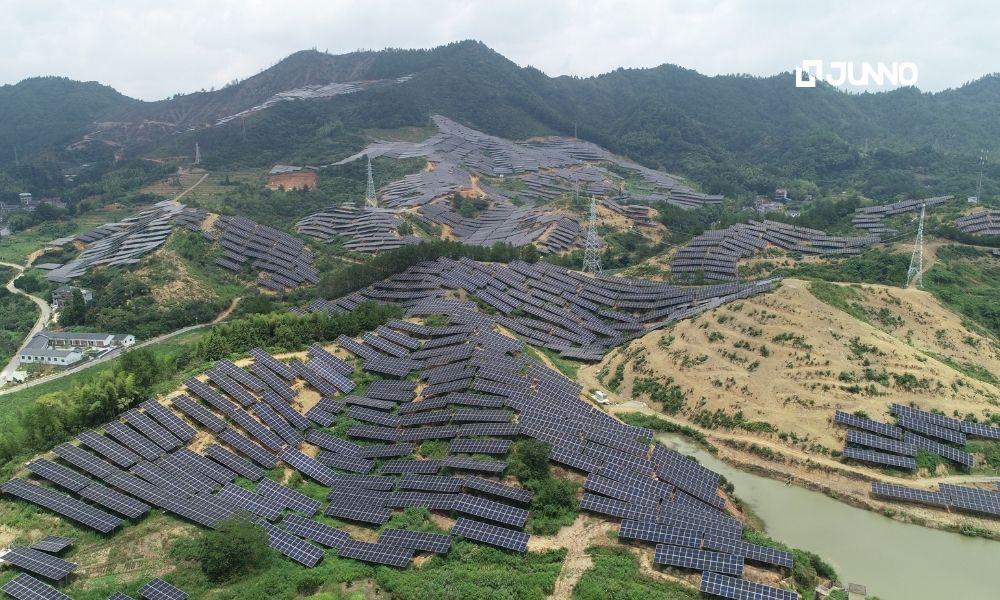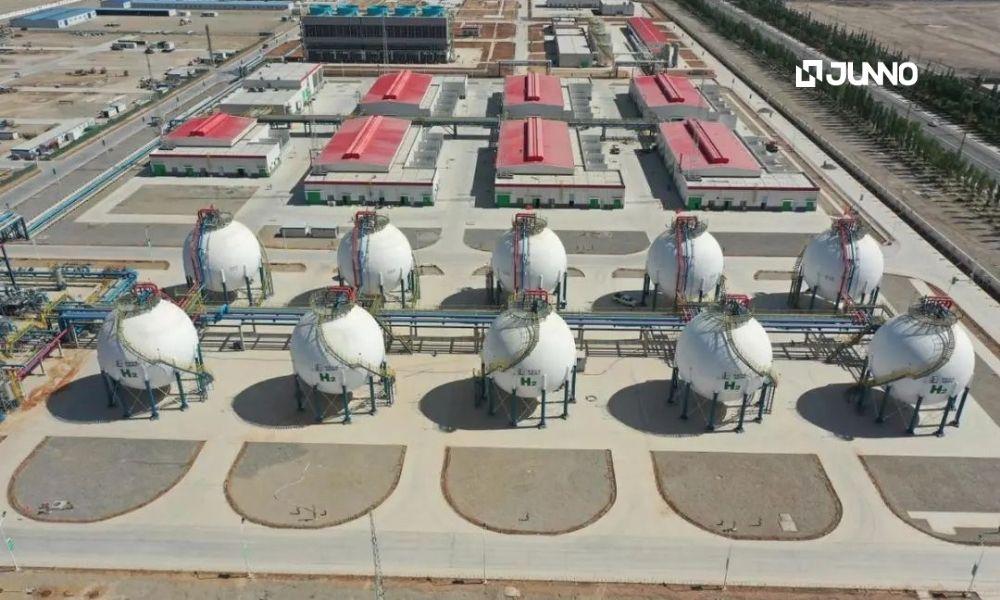New Application Scenarios for Photovoltaic Power Generation Systems
Common Application Scenarios

Residential Solar System
The installation of PV panels on household/yard rooftops can reduce electricity bills and is highly popular.
C & I Solar System
Factory rooftops: Large-scale installations directly power production, reducing costs and emissions.
Public buildings: Serve as green building models, enhancing the environmental credentials of public facilities.
Parking Canopies: Provide shade and shelter while generating electricity for lighting and charging stations.
Centralized Power Stations
Concentrated development in sun-drenched areas such as deserts and Gobi regions to replace traditional power stations.
Transportation Sector
Solar Charging Piles: Installing solar panels on existing charging infrastructure to flexibly adapt to diverse urban spaces.
Solar Vehicles: Mounting compact solar panels on the surfaces of automobiles, trains, and other transportation vehicles to supplement charging and extend range.
Remote Areas
Off-grid Areas: PV + BESS provides domestic electricity for residents in mountainous and island areas.
Communication Base Stations: Powering remote base stations without grid access to ensure stable signal coverage.
Innovative Application Scenarios
BIPV
BIPV, Building Integrated Photovoltaics, is a technology that integrates PV products into buildings. In the future, BIPV will expand into areas such as high-rise building facades and photovoltaic highways. By integrating smart temperature control and aesthetic design, it will become a core vehicle for urban low-carbon transformation.
Core Challenges
Poor Compatibility: Solar panel dimensions often fail to match building standards, necessitating custom manufacturing that increases costs and construction complexity.
Stringent Requirements: Solar panels must combine power generation capabilities with building material properties such as waterproofing, fire resistance, wind pressure resistance, and structural safety.
High Cost: BIPV solar panels cost 40%-60% more than conventional solar panels. Although the payback period has shortened, it remains higher than traditional distributed PV.
Feasibility
Installation on rooftops/exterior walls of public buildings (e.g., government office buildings, schools) can both supply power for the building itself and serve as a "green building" demonstration.
Case Study
Hangzhou West Railway Station (High-speed rail station): This project covers an area of 15,000 square meters, with a total installed capacity of 3 MWp and an average annual power generation of 3 million kWh.

Agrivoltaics
Agrivoltaics integration involves cultivating shade-tolerant crops (such as mushrooms and medicinal herbs) beneath solar panels, creating a new model where “power generation occurs above the panels while cultivation takes place below.”
Core Challenges
Land Restrictions: Planning conflicts between basic farmland and photovoltaic land use carry rectification risks.
Ecological Concerns: Controlling the shading rate of solar panels is challenging, and excessive shading may lead to reduced crop yields.
Feasibility
The spacing between solar panels can be customized according to the shade tolerance of crops and dynamically adjusted using light sensors.
Case Study
Changshan 100 MW Solar Project: This project is currently the largest agrivoltaics project in the region. It is projected to supply over 100 million kWh of electricity to the grid annually, reducing carbon dioxide emissions by more than 8,500 tons each year—equivalent to planting over 480,000 trees annually.

PV-to-Hydrogen
PV hydrogen production via water electrolysis is a technology that combines solar power generation and hydrogen production through water electrolysis into a system. With a 40-year development history, it is considered one of the most promising hydrogen production methods.
Core Challenges
Poor stability: Solar energy system exhibits fluctuations, leading to frequent start-stop cycles of the electrolytic cell and resulting in unstable hydrogen production efficiency.
High Cost: Electrolyzers account for 62%-73% of total hydrogen production costs, with small-scale projects reaching a levelized cost of hydrogen (LCOH) of 23.6 yuan/kg—far exceeding fossil fuel-based hydrogen production.
Feasibility
A composite model can be prioritized in industrial scenarios: 70% of the PV electricity is used for production operations, and 30% is used for hydrogen production. The green hydrogen can be supplied to sectors like steel and transportation, forming a closed-loop circular economy.
Case Study
Sinopec's Kuqa Green Hydrogen Project in Xinjiang: Currently, the world's largest solar hydrogen production project, this initiative represents a total investment of 3 billion yuan and generates approximately 618 million kWh of electricity annually.
